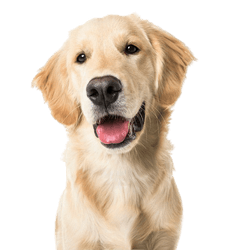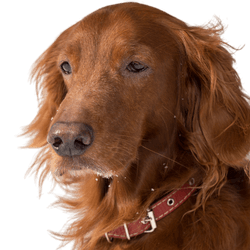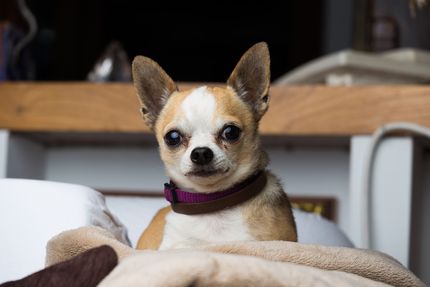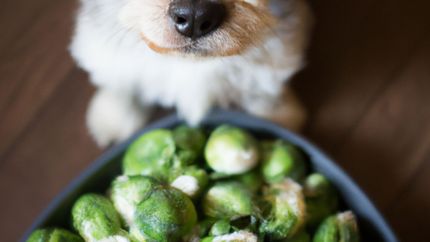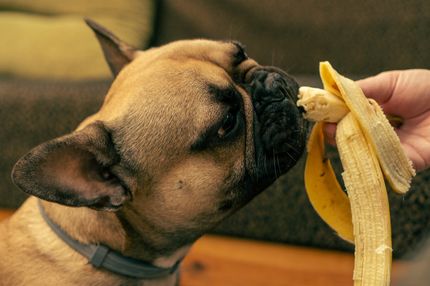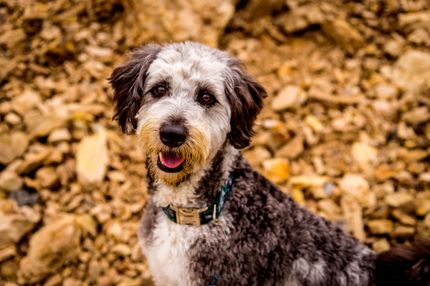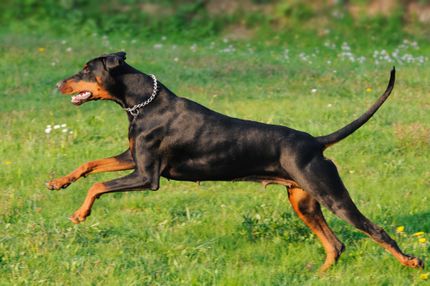Facts & Origin
Origin of the Golden Irish
The Golden Irish is a hybrid breed that was created through the deliberate crossing of two popular hunting and family dogs: the Golden Retriever and the Irish Setter. The aim of this mating was to combine the best characteristics of both breeds - the gentleness and eagerness to learn of the Golden Retriever with the elegance and endurance of the Irish Setter. Targeted breeding probably began in the USA, where designer dogs have been popular for many years. In Europe, the Golden Irish is still comparatively rare.
Synonyms and name variations
In addition to the name Golden Irish, the breed is sometimes also referred to as Irish Retriever or simply as Golden Retriever x Irish Setter Mix. These names are not officially recognized, but rather describe the origin of the hybrid. There is no registration in breeding associations such as the FCI or AKC as it is a designer breed without standardized breeding lines.
Criticism of hybrid breeding
As with many designer dogs, there is also criticism of the Golden Irish. The lack of standardization makes responsible breeding difficult: character, appearance and health can vary greatly, which can have unpredictable consequences. Animal welfare activists also warn that popular hybrids are often bred purely for profit - without regard for genetic risks or the welfare of the parent animals. There is also a danger that such hybrids end up in animal shelters if the owners are not aware of the actual requirements.
Suitability as a family dog or working partner
Despite all the criticism, the Golden Irish is excellently suited as an active family dog or for sporty people. It has a friendly, people-oriented nature, high intelligence and a love of work - qualities that also qualify it for use in dog sports, as a therapy dog or for search tasks. However, it is important that this hybrid's urge to move and mental demands are met. A Golden Irish needs tasks, structure and, above all, a lot of closeness to its humans. If you can provide this, you will get a loyal, eager to learn and very charming companion.

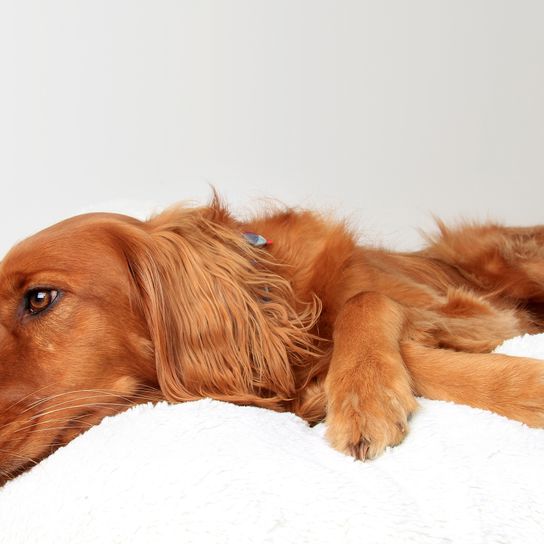

| Alternate Name | Irish Retriever, Golden Retriever - Irish Setter Mix |
| Origin | UK - Ireland |
| Life expectancy | 10 - 15 years |
| Care requirements | high-maintenance |
| Activity level | average - average to high |
| FCI group | not recognised |
| AKC group | not recognised |
| KC group | not recognised |
More Golden Retriever mixes
More Irish Red Setter mixes
Attitude, character and temperament of the breed
Character traits of the Golden Irish
The Golden Irish is characterized by a friendly, balanced and very people-oriented character . Due to its parents - the Golden Retriever and the Irish Setter - it often combines their best traits: He is intelligent, eager to learn and social. Golden Irishs are generally easy to handle and enjoy taking on tasks, which makes them ideal dogs for active families, dog sports or as companion dogs in social situations. At the same time, many representatives of this crossbreed are highly sensitive. They react sensitively to their owner's mood swings and seek close contact. This makes them less suitable for people who have little time or patience. Their energy level should not be underestimated either: They need both physical exercise - such as long walks, hikes or dummy training - and mental activity. An under-utilized Golden Irish can become restless, nervous or even destructive. However, if you are prepared to meet these needs, you will be rewarded with a loyal and happy dog that bonds closely with its family.
Character
Health, care and possible diseases
As the Golden Irish is a hybrid breed, it can derive health benefits from the genetic diversity (heterosis effect) as well as typical hereditary diseases of both original breeds. Hip dysplasia (HD) and elbow dysplasia (ED) are particularly common, as both parents can be susceptible to them. Eye diseases, epilepsy and cancers, especially in Golden Retrievers, can also occur. It is therefore important to only buy from reputable breeders who pay attention to comprehensive health tests of the parent animals. When it comes to grooming, the Golden Irish is usually uncomplicated, but requires regular brushing - especially during the coat change - to avoid matting. The silky coat tends to pick up dirt and burrs. The ears should also be checked and cleaned regularly, as drooping ears are more susceptible to infections. In addition to physical care, mental exercise is crucial for a healthy and happy life: Trick training, nose work or retrieving games are good additions to daily walks. If you take care of your Golden Irish's health and have regular veterinary check-ups, you can usually have a loyal, cheerful and robust companion at your side for many years.

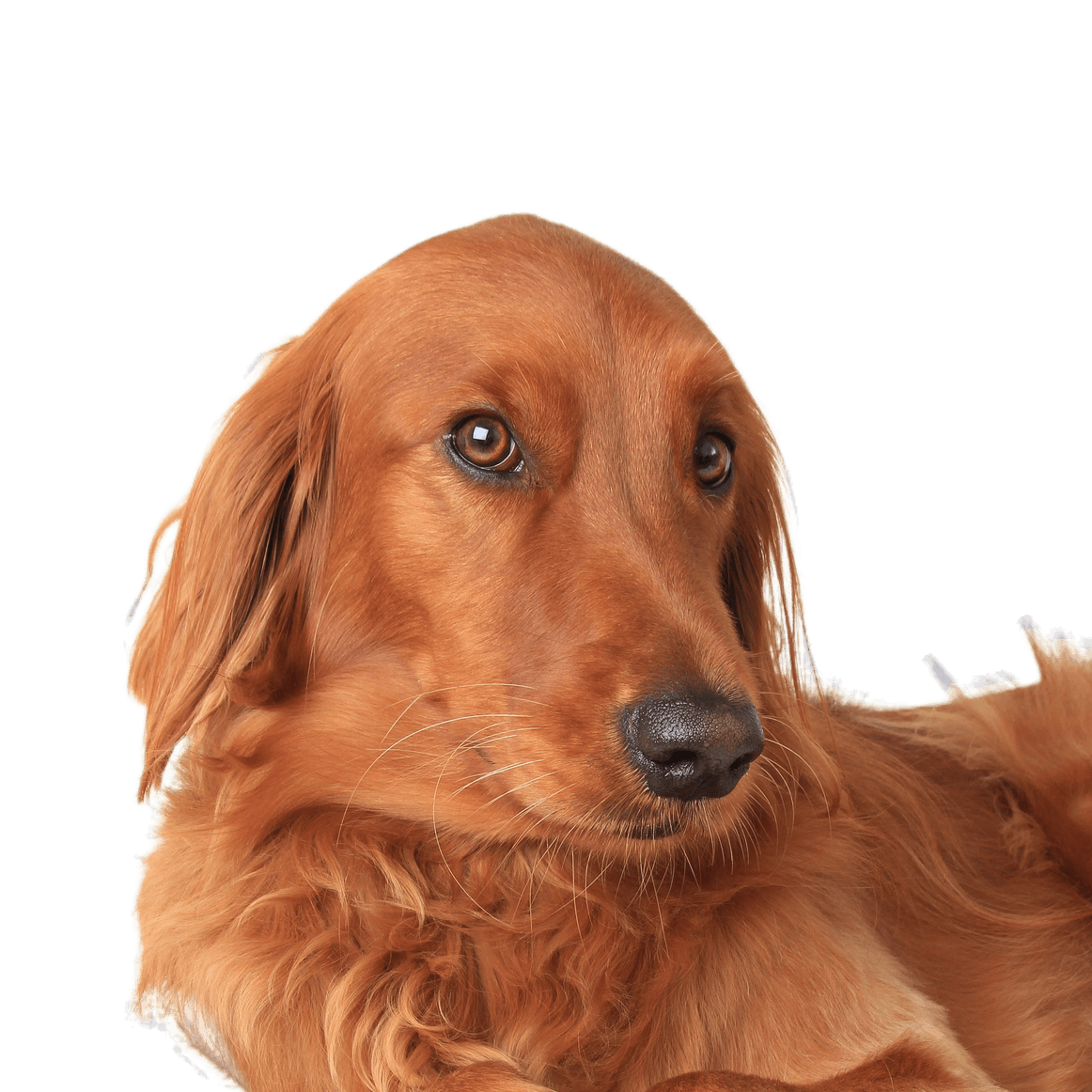
Appearance of the Golden Irish
The appearance of the Golden Irish is not uniform, as it is a mixed breed . Nevertheless, certain characteristics can often be observed: Most dogs have a medium to long, silky coat that can be either wavy or smooth. In terms of color, a warm gold, chestnut brown or red tone - an inheritance from the Irish Setter - usually dominates, but lighter cream and gold tones from the Golden Retriever are also possible. The build is athletic, harmonious and strong, with an elegant silhouette. The ears hang down softly, the eyes appear friendly and alert, and the tail is usually of medium length and well coated. The Golden Irish is usually between 55 and 65 cm tall at the shoulder and weighs around 25 to 35 kilograms - depending on the genetic proportions of the parents. Overall, the dog looks athletic, graceful and expressive, which makes it a real eye-catcher.
| Fur length | medium |
| Fur | wavy - flat coated |
| Ear shape | Triangle - Floppy Ear |
| Tail | fanned out |
| Anatomy | strong, rugged |
| Size ♀ | 51 - 62 cm |
| Weight ♀ | 24 - 32 kg |
| Size ♂ | 56 - 67 cm |
| Weight ♂ | 27 - 34 kg |
| Suitable For | - |
Known Diseases
Hip dysplasia (HD)
Hip dysplasia (HD) is a genetic condition in dogs where the hip joint is not shaped properly. This leads to pain, stiffness and restricted movement.
Elbow dysplasia (ED)
Elbow joint dysplasia is a chronic disease complex of the elbow joint of fast growing dog breeds.
Epilepsy
Definition: Dog has epilepsy if, for example, at least two epileptic seizures occur more than 24 hours apart.
Cataract
Cataracts are still one of the most common causes of blindness, even in dogs.
Progressive Retinal Atrophy (PRA)
Progressive retinal atrophy (PRA) is a slowly progressive death of the retina in dogs.
Gastric torsion
Gastric torsion is a disease in which the stomach rotates around its own longitudinal axis. The cause of the disease is not known.
FAQ
-
The average life expectancy of a Golden Retriever and Irish Red and White Setter mix is around 12 years.
-
The weight range for a Golden Retriever and an Irish Red and White Setter mix is 25-35 kg.
-
The size range for a Golden Irish is 51-61 cm.
-
A Golden Irish can be any color, but the most common colors are gold, red and white.
-
The coat type of a Golden Retriever and Irish Red and White Setter mix is a double coat, i.e. it has a thick, outer coat layer and a softer, inner coat layer. The outer coat layer is waterproof and the inner layer keeps the dog warm.

